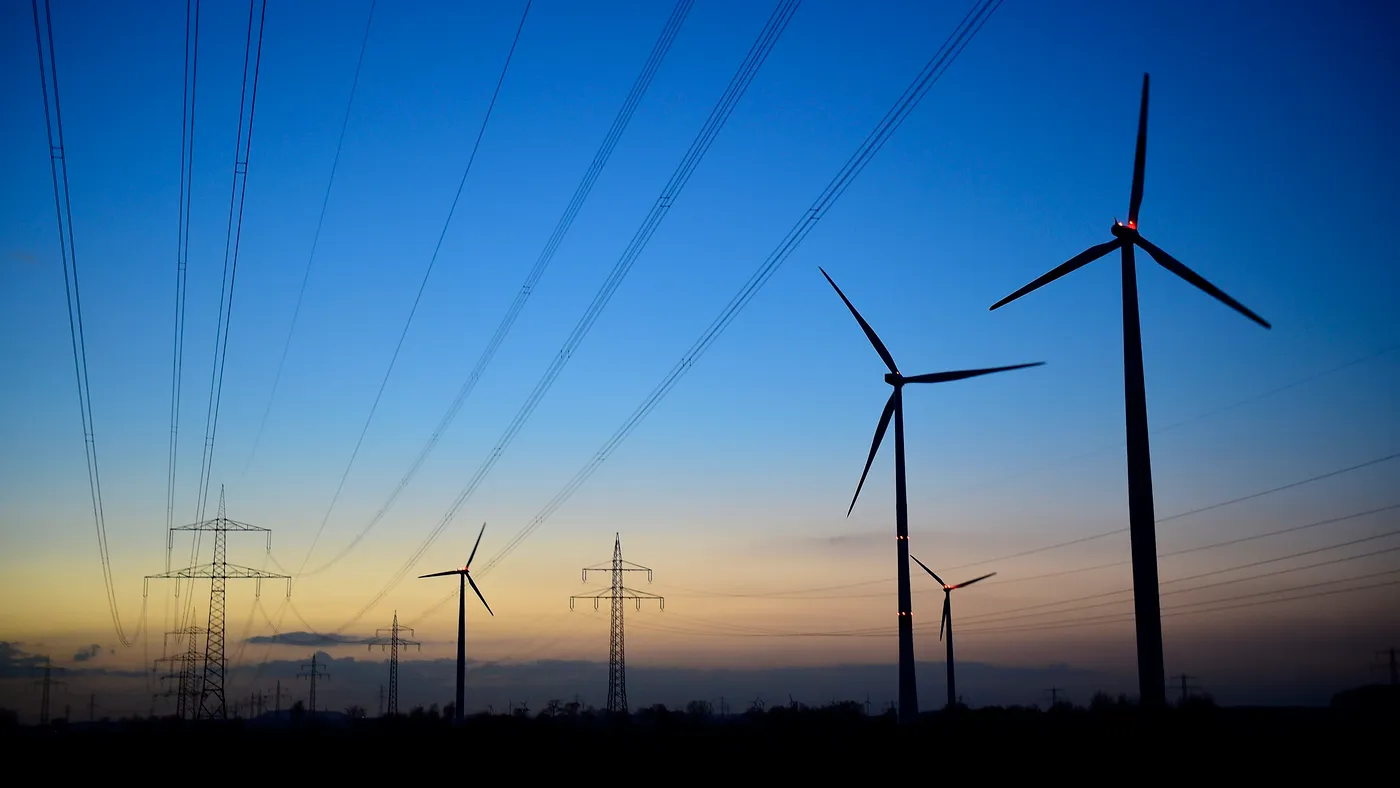
JPMorgan warns clean energy transition could take ‘decades or generations’
JPMorgan Chase said a “reality check” was needed on the timeline for a global energy transition, noting that the shift from fossil fuels to renewable energy takes time in a report the bank unveiled in April 2024. The report, seen by ESG Dive, called the transition a “highly complex” process and said it “should be measured in decades or generations, not years.”
The global energy strategy report, spearheaded by JPMorgan’s Global Head of Energy Strategy Christyan Malek, identified inflation, high interest rates and geopolitical issues — such as the Russia-Ukraine war and Middle East tensions — as key obstacles hindering governments from facilitating the energy transition.
The short-term focus on the pathway to clean energy, according to the report, should be on the coal to natural gas switch, which it estimates could save up to 17% of global emissions compared to a 2022 baseline. Coal made up 44% of global fuel emissions while providing 33% of global fossil fuel energy the same year, per the report’s findings.
The research also offered a long-term solution for the energy transition, following the coal-to-gas substitution, built on a market-based approach: the creation of a global carbon tax and emission trading system.
“Climate change is a global problem and addressing it regionally is not effective,” the report said, adding that “eventually, a global carbon price would allow the free market to do the work,” instead of placing the burden of the transition on government and public policies.
This approach, according to Malek’s research, would guarantee “the most efficient distribution of a limited carbon budget” and allow governments to streamline their attention on balancing the social aspects of the energy transition with environmental goals.
The strategy would also provide a solution for the steep price tag that comes with the energy transition, one the report said requires a significant level of investment and currently offers “subpar returns.” The bank estimated the wind and solar buildout between 2024-2030 alone will require approximately $3 trillion annually — which amounts to 0.5% of the global annual GDP — highlighting how cost-intensive the move to renewable energy could be.
This year alone, several energy companies — such as Equinor and BP — nixed offshore wind projects citing rising inflation, interest rates and supply chain disruptions. Such retractions in the U.S. wind power industry have impeded states in reaching their goal of deploying renewable energy over a certain timeline. New York State recently canceled three offshore wind projects which promised 4 gigawatts of capacity, setting the state back in its goal to deploy 9 gigawatts of offshore wind by 2035.
The report further noted that rising energy costs associated with an “expedited transition” could spur negative outcomes such as social unrest and consumer revolt, driven further by inflation hikes.
“Given the level of investment needed, this has left governments (and ultimately taxpayers) as the major underwriters of the energy transition,” the report said.
Additionally, the research said increased inflation, geopolitical challenges, increased borrowing costs and debt levels have also restricted how far governments can go to fund the shift from fossil fuels to renewable energy.
The report comes on the heels of JPMorgan Chase CEO Jamie Dimon calling for a “serious review” of the bank regulatory and supervisory process in his annual letter to shareholders earlier this month. Dimon also expressed fears that companies are being driven away from public markets due to a myriad of reasons, including more intense reporting requirements, growing demand for ESG information, litigation expenses, regulatory costs, and shareholder activism, and “heightened public scrutiny.”
The New York-based bank exited the Climate Action 100+ investor group earlier this year, shortly after CA100+ said it required signatories to enhance their corporate disclosure and implement climate transition plans. JPMorgan previously told ESG Dive its departure was due to the development of its own climate risk engagement framework.








